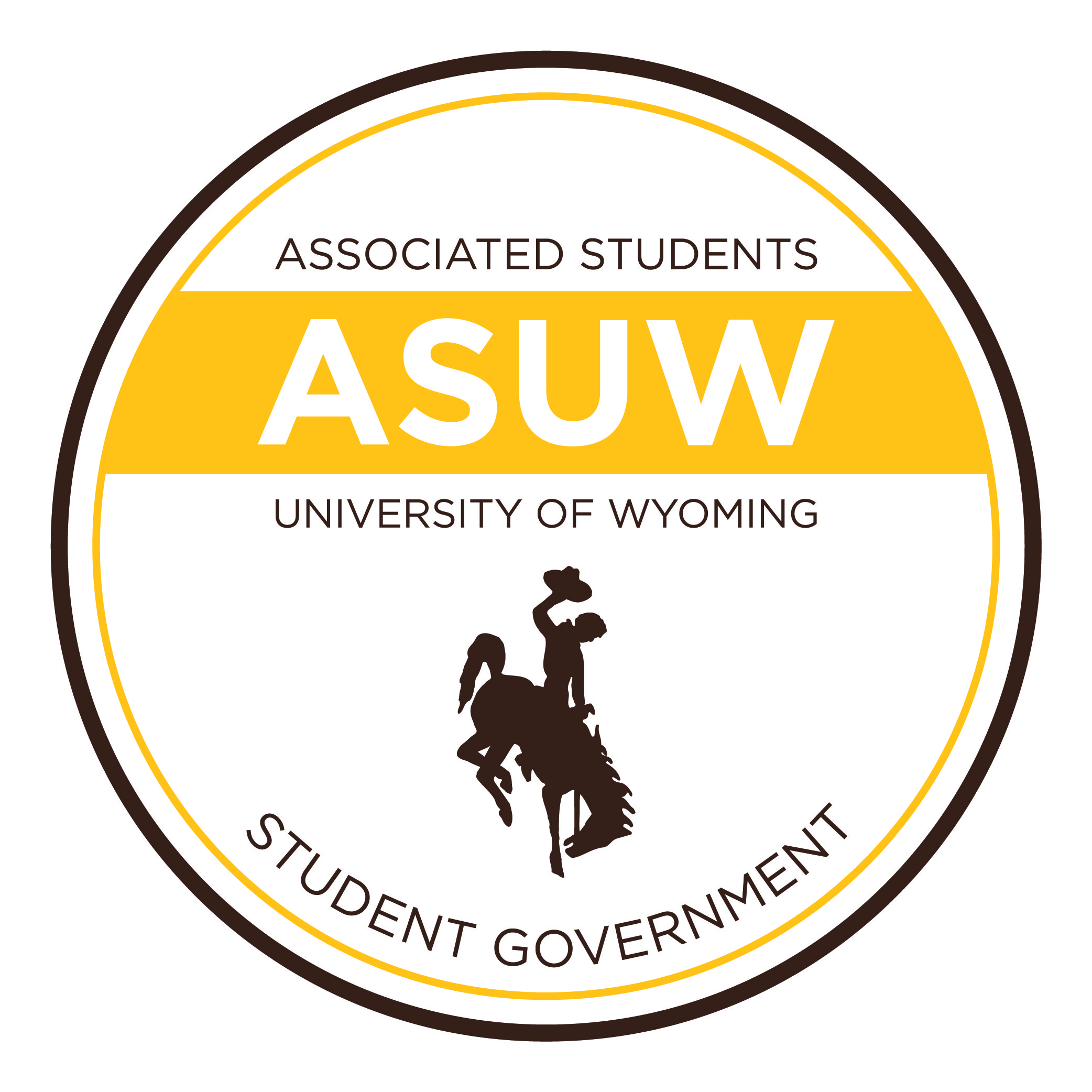Last week, the Wyoming Oil and Gas Conservation Commission (WOGCC) postponed a decision on increasing the minimum distance between drilling rigs and occupied structures, including homes.
The 30-year-old setback required a 350 feet distance. However, the proposed change would shift vertical wells back 500 feet and horizontal wells back 750 feet from dwellings, Mark Watson, agency supervisor of the WOGCC said. He added there are several factors the commission will consider before a decision is reached.
“Energy companies have the right to develop minerals and landowners have to have some rights,” Watson said. “And how close we want to get to them before it’s a bother with lights and noise – it’s a tough rule to come up with a compromise between the two.”
Both Watson and John Robaitaille, vice president of the Petroleum Association of Wyoming (PAW), noted Laramie County would benefit most from the proposal, as many households are near rigs. According to the Drilling Edge webpage, the county boasts 1,079 total wells on file, and Laramie County reported 35 people per square mile, thus, causing residents to be in close proximity to wells.
“We are concerned about various areas, in particular, in Laramie County,” RobaitaiIle said. “I don’t know if we have a significant issue, but the potential exists.”
A further discussed proposal will be unveiled at the WOGCC meeting in October, where the commission will vote on the issue. Robaitaille, who attended the meeting last week, believed the WOGCC did not vote on the issue simply because of time constraints.
“It appeared to me that they have some questions that needed to be answered,” he said. “I think they need a little more time to review and write something that’s a little easier to do what they are trying to do.”
Robaitaille said the PAW is waiting to see what will be decided, as the setback could affect drilling companies’ leases and costs.
“At this point, we have some requests from companies to give us an idea if we would run into a situation where you did have to go to 750 feet, and what that would do to engineering and drilling costs, and would we effectively be able to recover all the mineral we were granted in the lease,” Robaitaille said.
If the proposal passes through the commission, Watson said Gov. Matt Mead would need to sign the bill, though he noted that was likely, as the governor sits on the commission. From there, the setback change will be discussed through a 45 day public comment period, open to all feedback.
Watson noted the decision could complete the approval process and be officially signed as soon as the end of this year.



